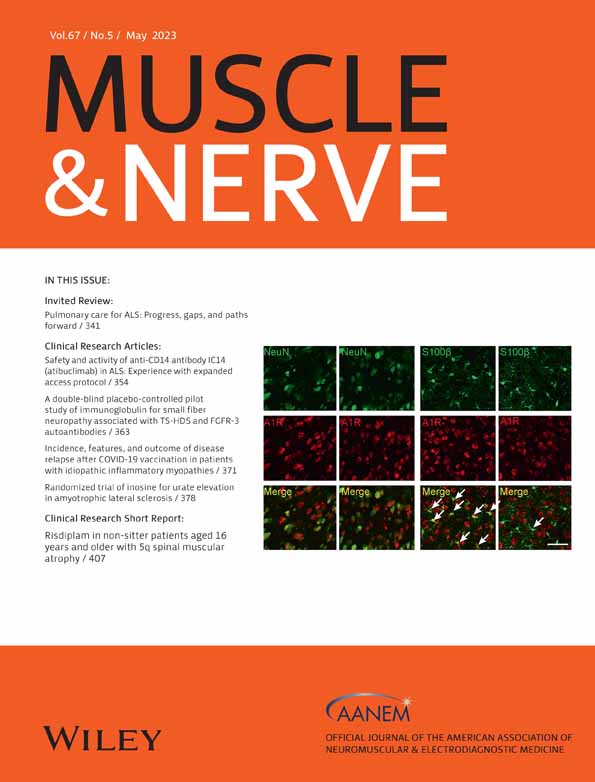Loss of astrocytic A1 adenosine receptor is involved in a chemotherapeutic agent–induced rodent model of neuropathic pain
Abstract
Introduction/Aims
Oxaliplatin is a commonly used platinum chemotherapy drug, whereas peripheral neurotoxicity is a widely observed adverse reaction lacking a satisfactory therapeutic strategy. Different adenosine receptors underlying the common neuropathic phenotype play different roles through varied pathophysiological mechanisms. In this study, we investigated the role of adenosine receptor A1 (A1R) in oxaliplatin-induced neuropathic pain and its potential use in an effective therapeutic strategy.
Methods
We established an oxaliplatin-induced neuropathic pain model simulating the mode of chemotherapy administration and observed the related neuropathic behavioral phenotype and implicated mechanisms.
Results
Five weekly injections of oxaliplatin for 2 weeks induced a severe and persistent neuropathic pain phenotype in mice. A1R expression in the spinal dorsal horn decreased during this process. Pharmacological intervention against A1R verified its importance in this process. Mechanistically, the loss of A1R expression was mainly attributed to its decreased expression in astrocytes. Consistent with the pharmacological results, the oxaliplatin-induced neuropathic pain phenotype was blocked by specific therapeutic interventions of A1R in astrocytes via lentiviral vectors, and the expression of glutamate metabolism–related proteins was upregulated. Neuropathic pain can be alleviated by pharmacological or astrocytic interventions via this pathway.
Discussion
These data reveal a specific adenosine receptor signaling pathway involved in oxaliplatin-induced peripheral neuropathic pain, which is related to the suppression of the astrocyte A1R signaling pathway. This may provide new opportunities for the treatment and management of neuropathic pain observed during oxaliplatin chemotherapy.
CONFLICT OF INTEREST STATEMENT
The authors have no conflicts of interest to disclose.
Open Research
DATA AVAILABILITY STATEMENT
The datasets generated during and/or analysed during the current study are available from the corresponding author on reasonable request.




